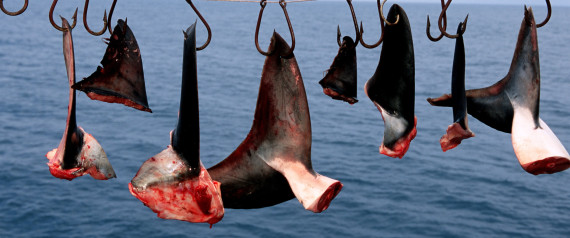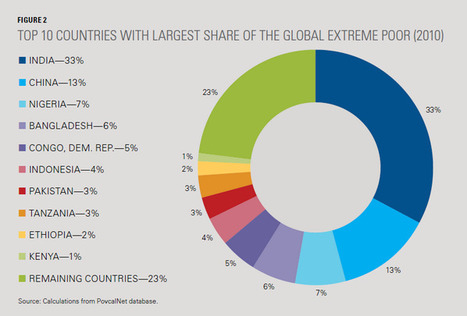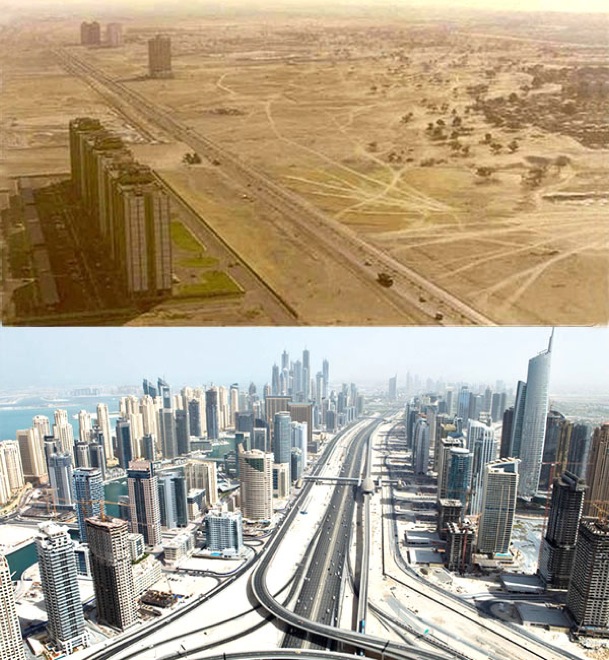
Will be very useful when explaining the location of the Basin Reserve




|
Facilities were basic and main attractions were geothermal (the pink
and white terraces).
|
Government infrastructural developments (like the airport and
upgraded roads) created better accessibility.
|
|
The township of Rotorua was established by the Government in 1881 and
a government department was created (Department of Tourism and Health
Resorts) to control and manage tourism in Rotorua.
|
Accommodation facilities increased rapidly and development occurred
along major roads.
|
|
Trout were introduced into Rotorua Lakes; the Government Sanatorium
(Bath House) was built (1908).
|
Secondary attractions like Rainbow Springs were developed and Rotorua
became firmly established as a destination for international visitors.
|
|
Auckland to Rotorua railway was built (1894) and the first hotels
were built and sightseeing tour were available to the local thermal
attractions.
|
Outlying attractions like Hells Gate were able to be more fully
developed as they became easier to get to.
|
|
Te Wairoa (the buried village) was excavated (1931-1935) and became
an attraction in its own right.
|
Rotorua was heavily promoted overseas and a visit by the Queen (1953)
put Rotorua “on the map”.
|
|
Tourism in this period was dominated by Government led initiatives in
infrastructure and in development of attractions.
|
A lot of secondary, privately owned and run activities such as the
Agrodome were developed (1971).
|
|
Government took a purely regulatory position, allowing control to be
passed to the Rotorua City Council (now Rotorua District Council), Tourism
Rotorua and other private regulators.
|
Older facilities sold by the Government or licensed to private
operators.
|
|
International investment in chain hotels began and niche markets
began to be catered for. The time of specialisation.
|
Much of these changes were related to changes in the type of visitor.
More affluent Japanese and American tourists demanded higher levels of
accommodation and a wide variety of attractions.
|
|
New tourist types. FIT – Free
Independent travellers and younger tourists, The Eco tourist, the backpacker,
the adventure tourist. All these had to be catered for.
|
New hotels were built. Big international chains (Sheraton, Novotol)
and backpacker facilities were built.
|
|
Rotorua reinvented itself. The council invested millions of dollars
into the redevelopment of the CBD (centre of town) and the lake front
(1995-2002). The tourist information centre opened in 1993.
|
More South East Asian tourists arrived (South Korea and China) –
facilities were developed to cater for them.
|
|
Non-geothermal and new cultural attractions opened, on the periphery
of the city. Rafting on the Kaituna, Skyline Gondola, the Luge, 4WD
Adventure.
|
Rebranding of the Arts and Crafts institute. Opening of the Tamaki
Maori Village, redevelopment of Wai-o-Tapu and opening of Tamaki Realm of
Tane all revitalised and changed tourism in Rotorua.
|

|
Rotorua is a town that depends heavily on tourism, one of its three
major industries. Tourism creates employment opportunities – both direct and
indirect.
|
Total direct spending by tourists is around $310 million each year.
|
|
Tourism also generates an extra $153 million each year in
“downstream” businesses such as catering, construction and communications.
|
One in every five people in Rotorua are directly employed in tourism.
For every 240 visitors to Rotorua a new full time job is created. Every job
in tourism leads to an average of 0.30 jobs elsewhere in the district.
|
|
Tourism helps pay for expensive infrastructure like roading and water
supply.
|
Jobs in the tourism sector are often low-paying and seasonal.
|
|
Tourism supports the unique culture of the Maori – it has helped
revive traditions and provided an economic justification for preserving them.
|
The commercialisation of dances and ceremonies, which are adapted to
suit tourist’s timetables and tastes.
|
|
The commercialisation of arts and crafts – “plastic tiki tourism” is
a term used to describe how sometimes cultural things are changed so they can
be enjoyed by tourists, but in the process lose their meaning and value.
(Does is cheapen their culture?)
|
Tourism increases the profitability of facilities that can be enjoyed
bay all citizens, such as the Convention Centre, the Bath House and revamping
of the inner city.
|
|
Rotorua is in a sense two cities; the swept up city and attractions
that the tourists visit and admire and the “real” Rotorua, which is somewhat
different – Rotorua has higher than average levels if unemployment, crime and
poor health.
|
Tourism brings large numbers of people to Rotorua. This can increase
traffic congestion and pollution.
|
|
Fragile natural environments can be damaged. The use of cheap
geothermal energy by hotels (and locals) led to major damage to one of the
cities key attractions.
|
Waste and garbage disposal was a real problem for Rotorua, with lake
Rotorua becoming heavily polluted until it was cleaned up in the late 1980s.
|
|
Tourism creates an increased need for water, power and sewage
disposal. This can put a lot of pressure on local facilities and
infrastructure.
|
|










